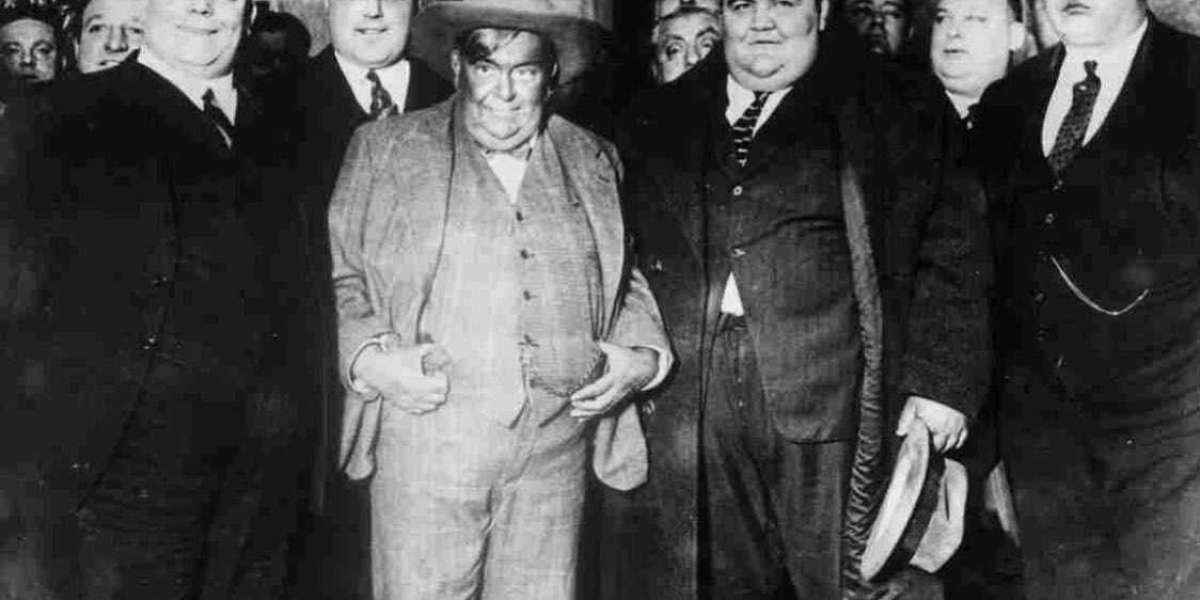Fat men’s clubs were popular in the United States during the late 19th and early 20th century.
"We're fat and we're making the most of it!" was their mantra. "I've got to be good-natured; I can't fight and I can't run," was their motto. Members had to be at least 200 pounds, pay a $1 fee to enter and learn a secret handshake and password. Twice a year, members gathered, with meetings announced in advance to allow the men to stuff up in order to meet the minimum weight requirement.
"This village is full of bulbous and overhanging abdomens and double chins tonight, for the New England Fat Men's Club is in session at Hale's Tavern. The natives, who are mostly bony and angular, have stared with envy at the portly forms and rubicund faces which have arrived on every train."
The fat men's clubs of the late 19th and early 20th centuries were spectacular celebrations of the wealth and chubbiness of a bygone era. At once sociological curiosity and anthropological artifact, these clubs were a vestige of perhaps the last time society found corpulence to be worthy of celebration.
Weigh-ins were a competitive event. A New York Times article from 1885 describes the crestfallen reaction of a member of a Connecticut fat men's club upon stepping on the scale. "I must weigh over 300 pounds now," George Kapp boasted. Alas, he came in at a disappointing 243. As the Times reported, "His friends thought he shrank at least 20 pounds more from grief before evening."
Daryl Leeworthy, a historian at the U.K.'s Swansea University, says that fat men's clubs weren't just an East Coast phenomenon. Nevada, Utah and Tennessee boasted versions as well. And he says the clubs weren't just venues to celebrate the joys of eating without concern and brag about one's girth. They were, essentially, networking events. Memphis' fat men's baseball club had a reception committee replete with judges, ministers and a rabbi, he says. Populist Democrat William Jennings Bryan traveled to a Fat Men's Club in Concord, Mass., to drum up support for one of his presidential runs, Leeworthy says.
What did one do at a fat men's club gathering? Well, eat, of course — a lot. At its peak, the New England's Fat Men's Club had 10,000 members, according to writer Polly Tafrate's brief history of the club for Upper Valley Life. The men would cram huge breakfasts into their bellies, then stumble outside and work up a sweat in a friendly Olympics-style competition showcasing strength and virility: leap-frog contests, broad jumps and races, Tafrate writes.
Eventually the Memberships began to decline as doctors began to associate obesity with poor health. The invention of the bathroom scale in 1917 was another reason for the decline as it made weight measurement a private matter rather than a public spectacle.








